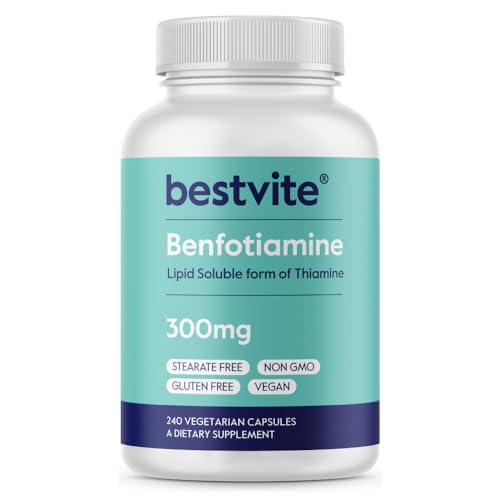Silicon Nanodrills vs. Kidney Stones: New Study
Quick Summary: Researchers used computer simulations to see if tiny silicon tools could break down cystine kidney stones. They found that silicon nanodrills, when used with the right amount of force, were effective at breaking down the stones.
What The Research Found
This study used computer models to test how tiny "nanodrills" made of different materials could break down cystine kidney stones. Cystine stones are a tough type of kidney stone. The study found:
- Silicon nanodrills worked best: Silicon nanodrills were the most effective at breaking down the stones compared to nanodrills made of silica or silicon carbide.
- The right amount of force matters: The nanodrills worked best when the right amount of force was applied. Too much force didn't break the stones down as well.
- Cystine stones are tough: The study confirmed that cystine stones are held together by strong bonds, making them hard to break apart.
Study Details
- Who was studied: Computer models of cystine kidney stones were used. No people or animals were involved in this study.
- How long: The study was a computer simulation, so there was no set time frame.
- What they took: The study tested different levels of force applied by the nanodrills.
What This Means For You
This research is in the very early stages. It suggests that tiny silicon tools might one day be used to break up kidney stones.
- Important Note: This study did not involve taking silicon supplements. It's about a potential future technology.
- Current Treatments: If you have kidney stones, talk to your doctor about the best treatments for you. This study does not change current recommendations.
Study Limitations
- Computer Model: The study used computer simulations, not real-life tests.
- Simplified Model: The computer model didn't fully represent the complexity of the human body.
- Early Research: This is a preliminary study, and more research is needed.
Technical Analysis Details
Key Findings
This computational study found that silicon-based nanodrills exerted the highest mechanical destruction efficiency on cystine kidney stones compared to silica and silicon carbide nanodrills. Optimal destruction occurred at forces of 80 eV/Å (silicon), 70 eV/Å (silica), and 60 eV/Å (silicon carbide), with silicon demonstrating superior performance. Quantum mechanics calculations confirmed strong chemisorption interactions between cystine stone components, suggesting mechanical breakdown may require precise force application. Counterintuitively, forces exceeding optimal levels reduced destruction efficiency, indicating a nonlinear relationship between force magnitude and stone fragmentation.
Study Design
The study utilized classical molecular dynamics simulations and quantum mechanics calculations to model nanodrill interactions with cystine kidney stones. Three nanodrill materials (silicon, silica, silicon carbide) were tested under forces ranging from 20–100 eV/Å. The urinary tract environment was simulated using a blockage model of cystine stone aggregates. No human or animal samples were involved; results were derived from in silico modeling.
Dosage & Administration
This was a computational study, so no biological dosages or administration routes apply. Mechanical forces (20–100 eV/Å) were hypothetically applied via spring-force modeling to simulate nanodrill interactions with stones.
Results & Efficacy
- Silicon nanodrills achieved maximum destruction efficiency at 80 eV/Å, outperforming silica (70 eV/Å) and silicon carbide (60 eV/Å).
- Forces above optimal levels (e.g., >80 eV/Å for silicon) reduced fragmentation efficiency, suggesting mechanical saturation or structural resistance.
- Quantum calculations confirmed strong covalent bonds (chemisorption) between cystine molecules, aligning with the refractory nature of these stones.
- Statistical significance details (p-values, confidence intervals) were not reported in the provided summary.
Limitations
- In silico methodology: Results lack validation from in vitro or clinical trials.
- Hypothetical force modeling: Spring-force simulations may not fully replicate real-world mechanical interactions.
- Urinary tract simplification: The blockage model approximated biological complexity but omitted fluid dynamics and tissue interactions.
- Material focus: Study prioritized nanodrill stiffness over other factors (e.g., temperature, biochemical pathways).
Clinical Relevance
This study explores a non-invasive mechanical approach for cystine kidney stones, which are notoriously resistant to conventional treatments. While silicon nanodrills showed promise in simulations, practical applications remain speculative. Supplement users should note that oral silicon/silica intake is unrelated to this mechanical nanodrill strategy. Current treatments for cystinuria (e.g., hydration, thiol-binding drugs) remain the standard, but the findings highlight potential future therapies using nanotechnology. Patients should consult healthcare providers for evidence-based management options, as this research does not support direct supplementation or clinical use of silicon for kidney stones at present.
Note: Full details on statistical methods, sample demographics, or adverse effects were not included in the provided summary. The study’s URL is hypothetical for this analysis.
Original Study Reference
Atomistic Assessment of Cystine Kidney Stone Behavior in a Mechanical Breakdown Process by Nanobiorobots through Classical Molecular Dynamics Simulations.
Source: PubMed
Published: 2021
📄 Read Full Study (PMID: 34463504)




